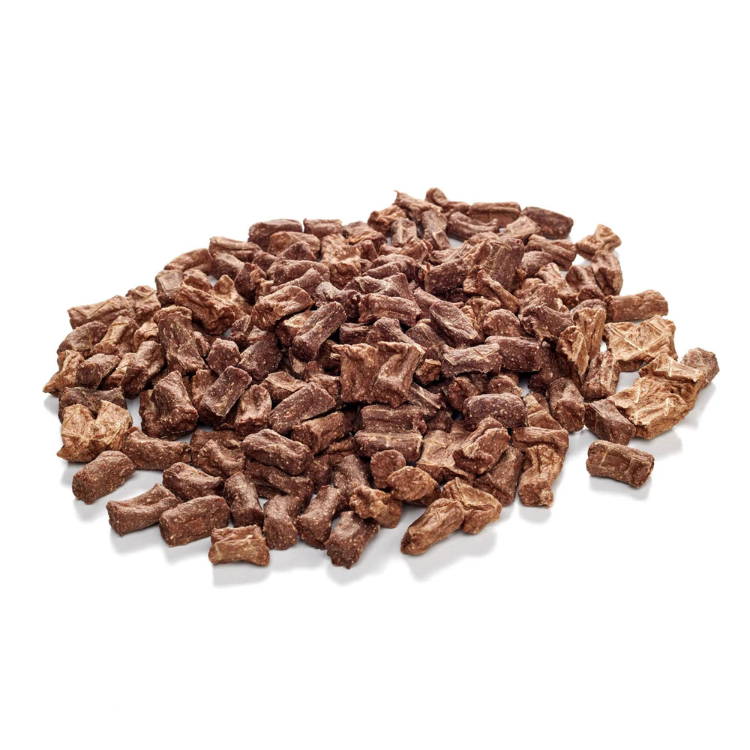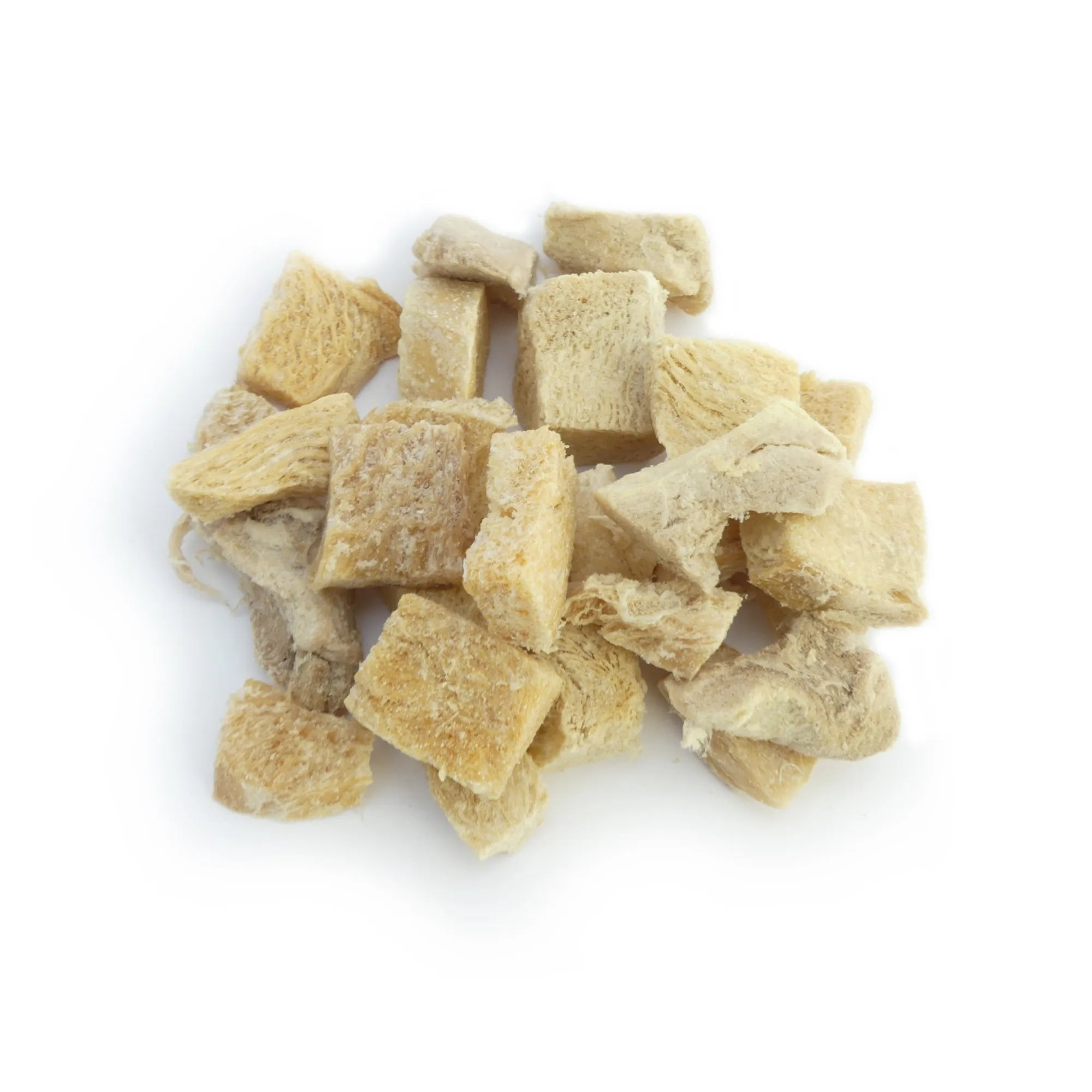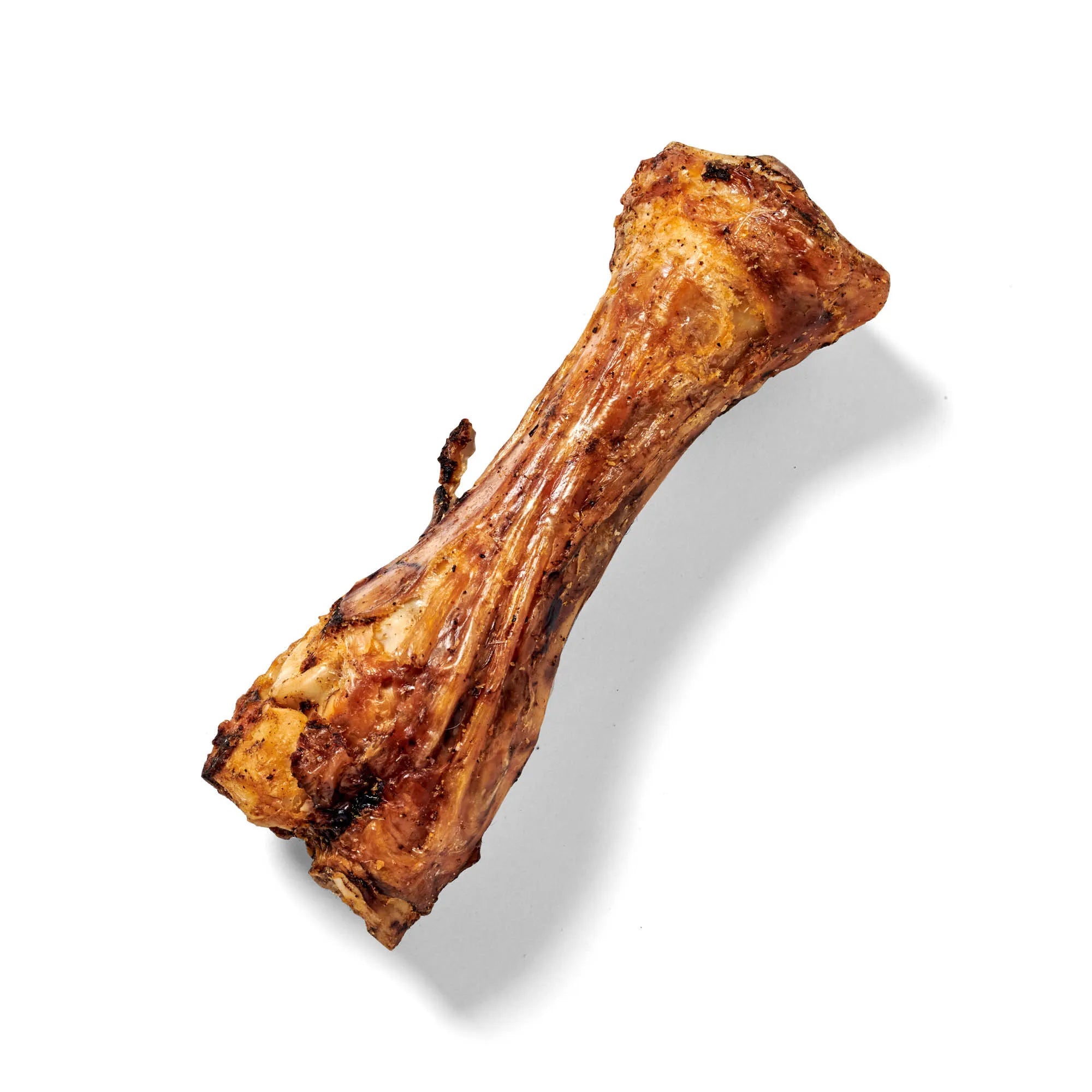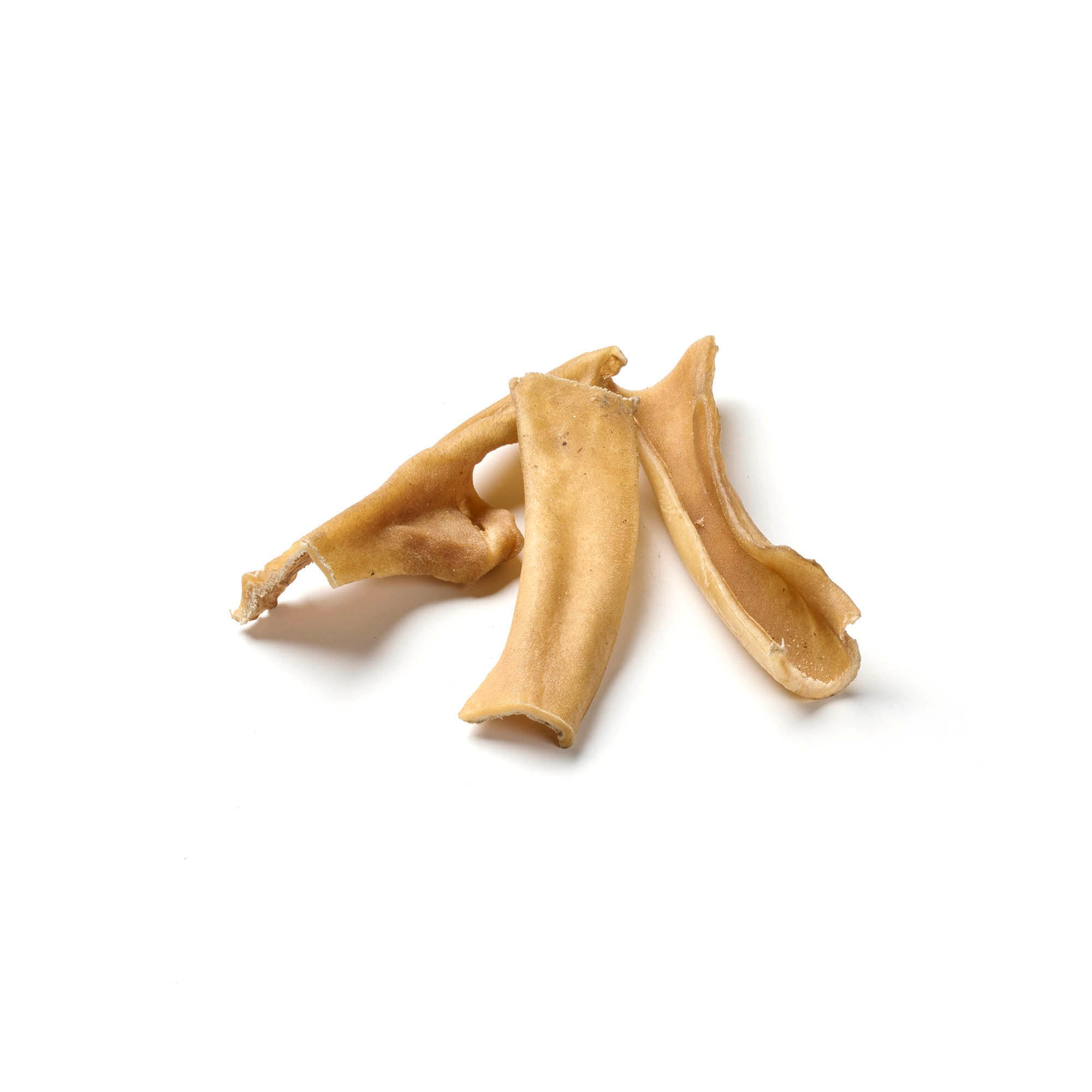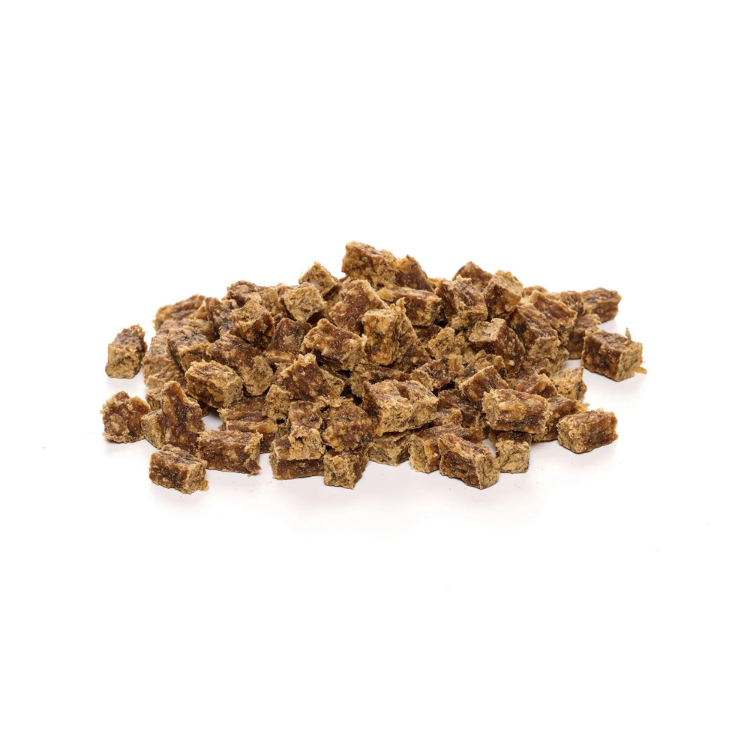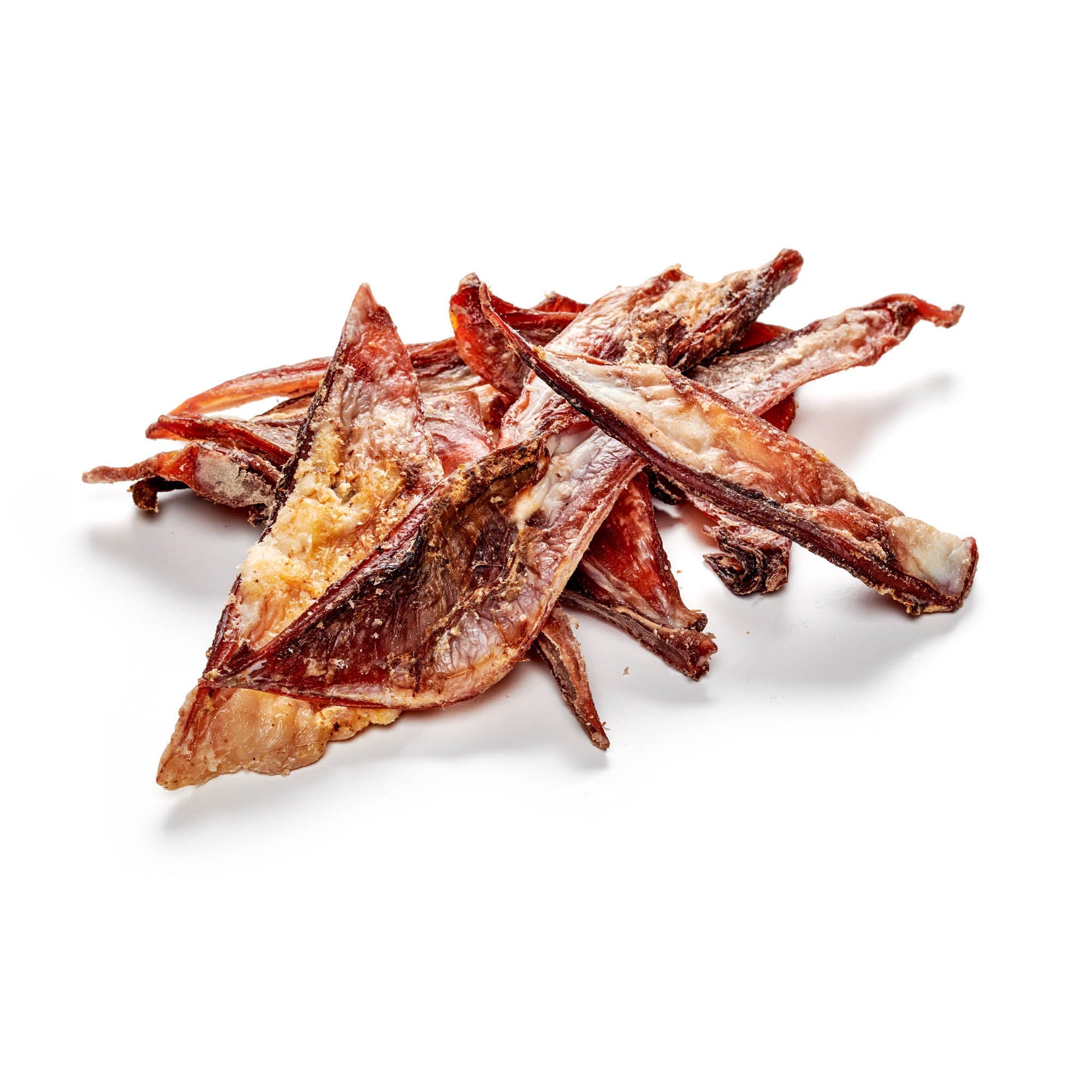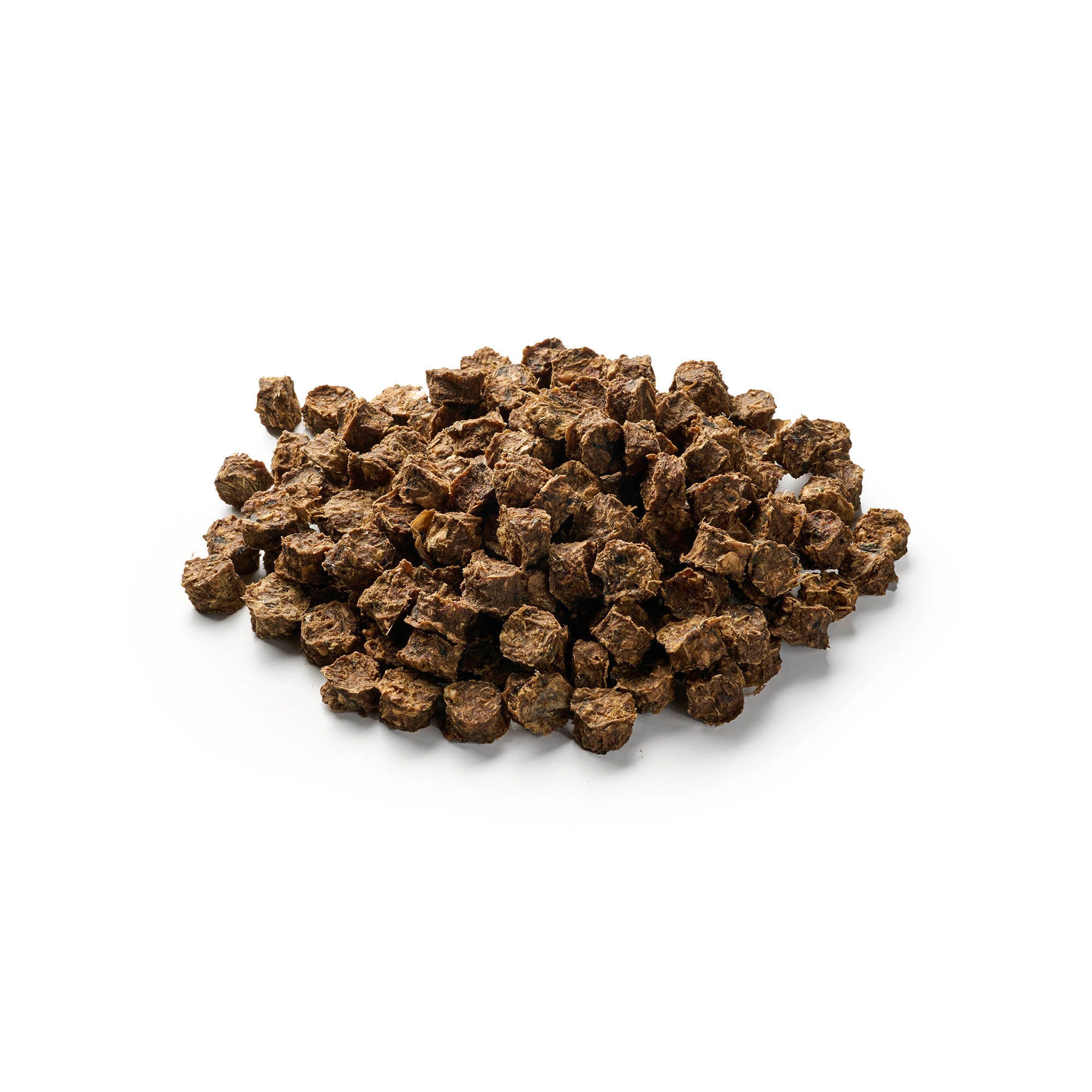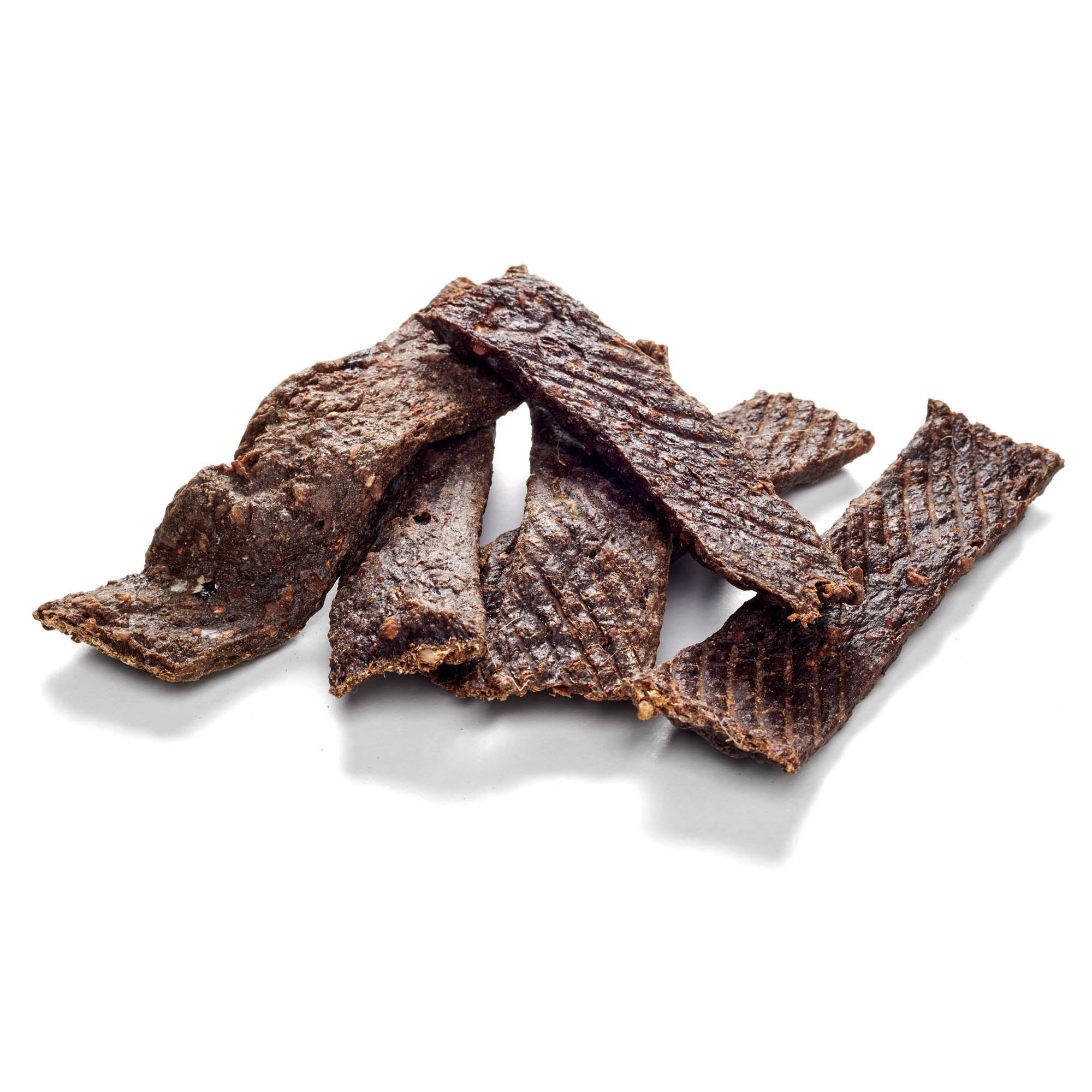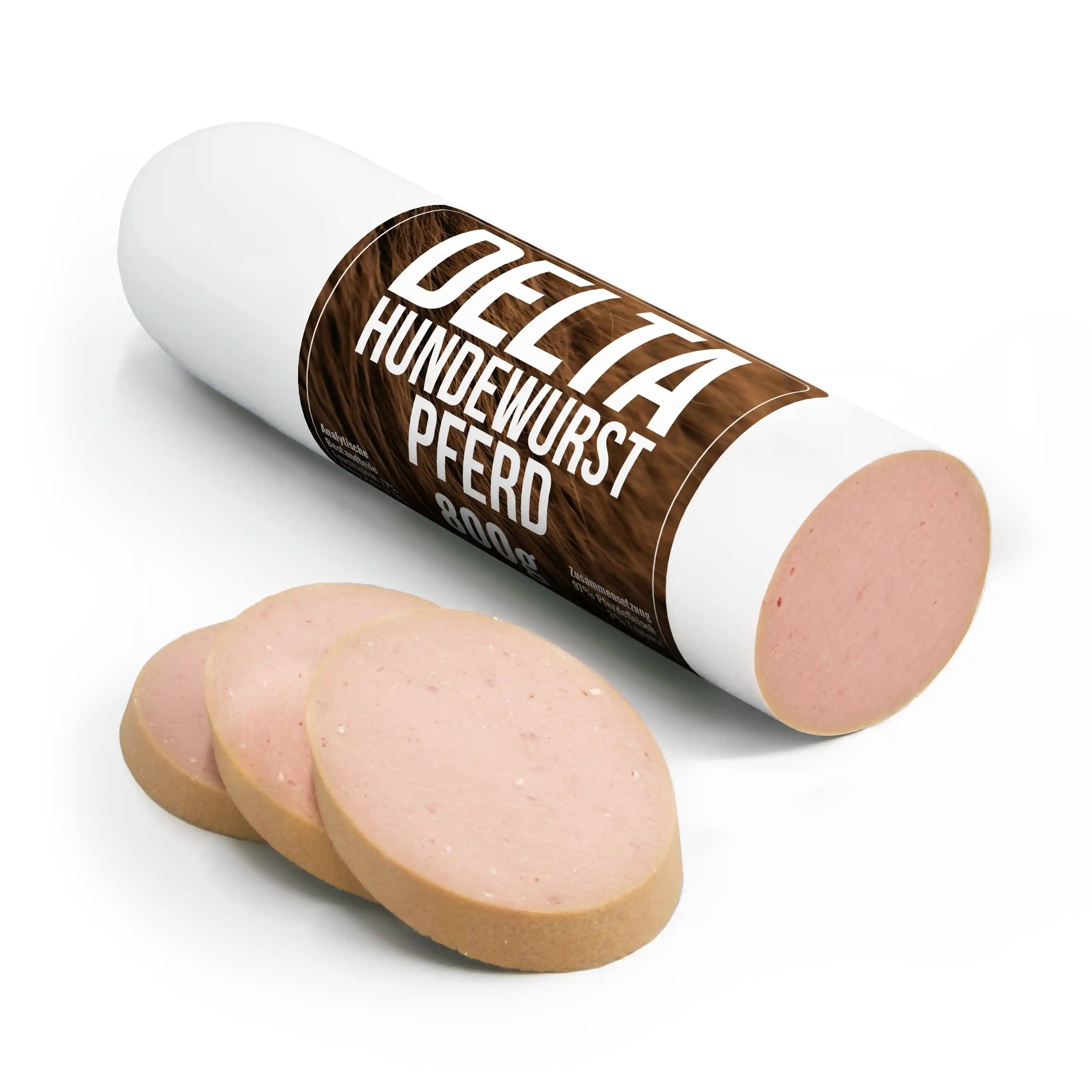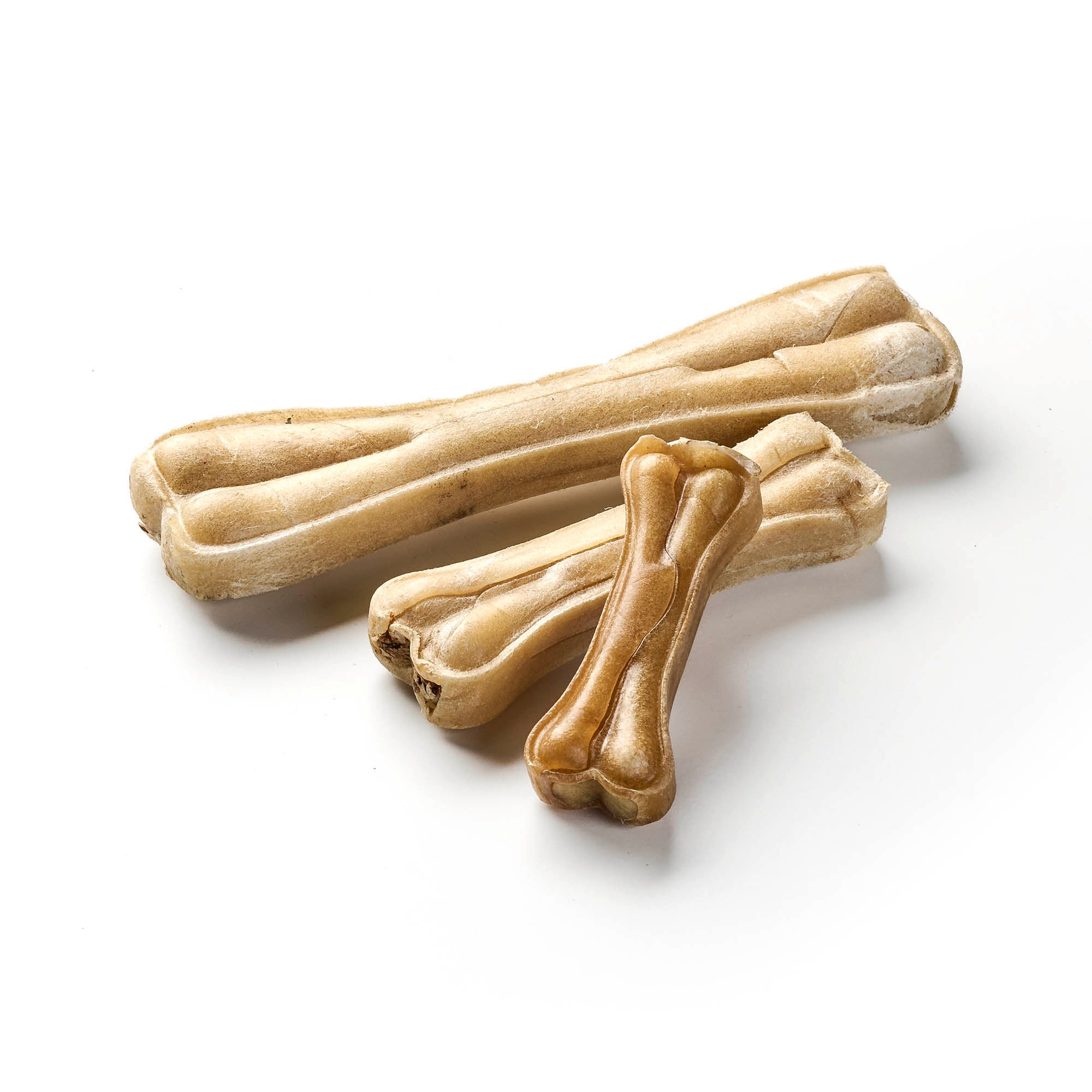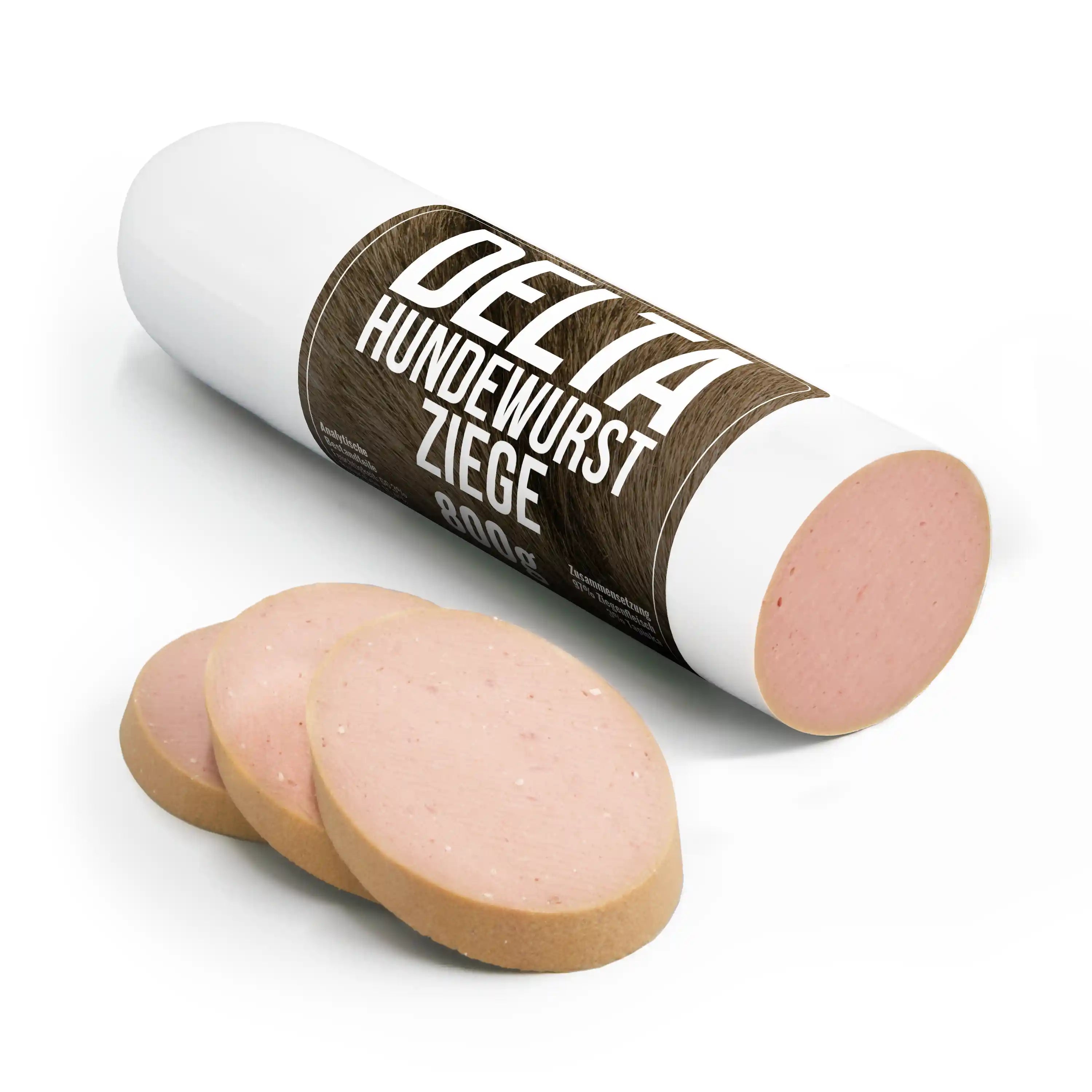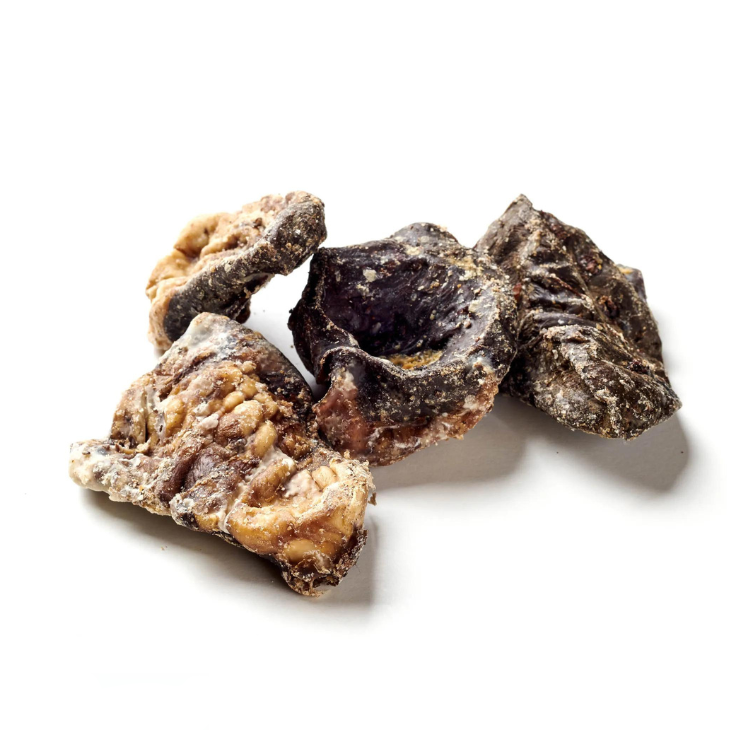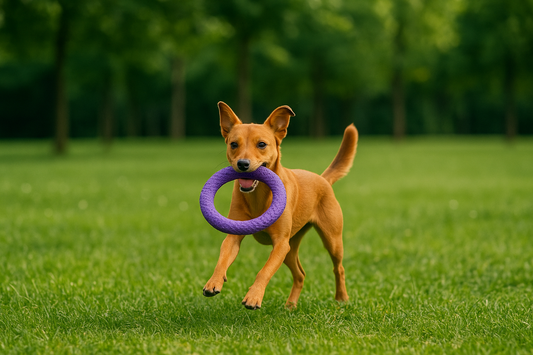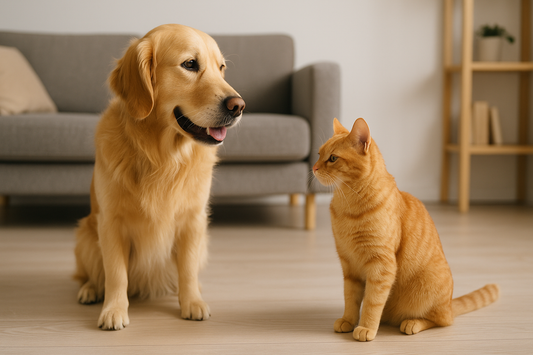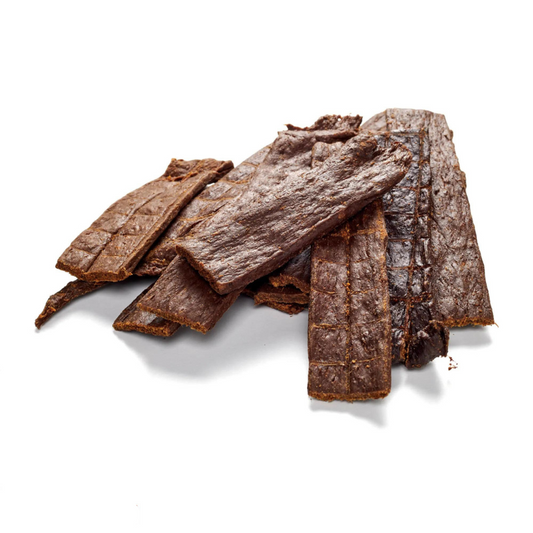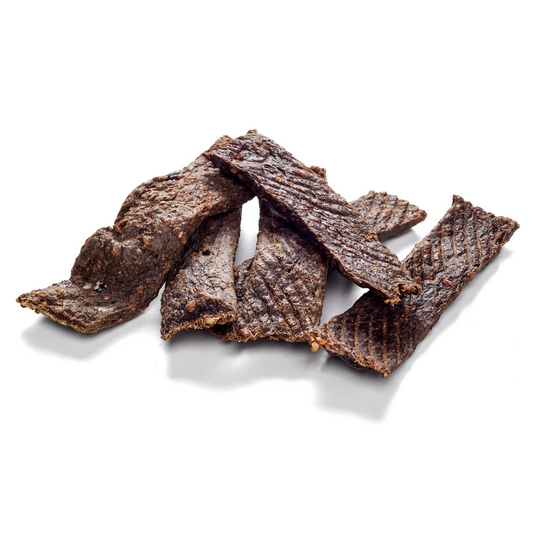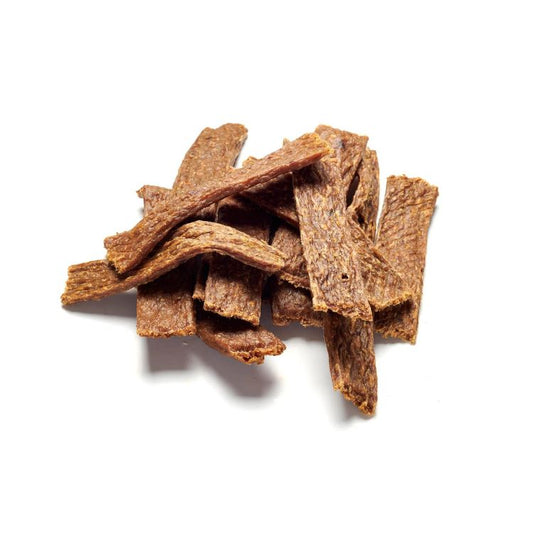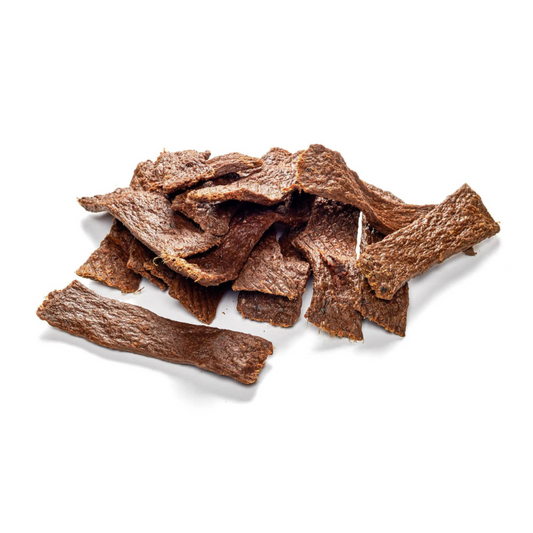
Protection from New Year's dangers: Avoid sources of danger such as fireworks residues
Share
The turn of the year often brings mixed feelings for dog owners. While many people celebrate the colorful rockets and loud firecrackers, dogs experience this time as an enormous stress factor. The unfamiliar sounds and lights can trigger fears that have a lasting impact on the four-legged friend. But it is not just the noise that is a danger. Leftover fireworks, food waste or broken glasses can endanger the dog's health. In order to make the start of the new year safe for everyone, a good amount of planning and caution is required.
Content: Protection from New Year's dangers: Avoid sources of danger such as firework residues
- Overview of sources of danger: What makes New Year's Eve so risky for dogs?
- Fireworks residues: Recognizing and avoiding invisible sources of danger
- Steps to Protect Your Dog from Fireworks Residue
- Additional sources of danger on New Year's Day and how to minimize them
- How to Support Your Dog After New Year's Eve
- Conclusion: Safely into the New Year together
Reward your best friend with our dog treats!
Overview of sources of danger: What makes New Year's Eve so risky for dogs?
New Year's Eve may be the highlight of the year for many, but for dogs it is often a nightmare time. The loud noises, sudden lights and the often chaotic atmosphere mean pure stress. There are also dangers that are only apparent at second glance. Leftover fireworks lying around everywhere or food scraps from the last party can quickly become dangerous. Even seemingly harmless objects, such as empty bottles or unlit rockets, pose risks. It is important to be aware of these dangers in order to be able to take targeted action.
Volume of fireworks and their effects on dogs
Dogs have much more sensitive hearing than humans. Popping rockets and hissing firecrackers are not only loud for them, they also increase stress. The sudden noise seems threatening because dogs can neither understand nor estimate where it is coming from. Many react with panic: they retreat, bark, tremble or even try to flee. A dog that breaks free in a panic can get into dangerous situations, such as in traffic. It is therefore important to offer the dog a safe place to retreat to on New Year's Eve.
A quiet room, as far away from the main sources of noise as possible, can help. Blankets, pillows or a familiar dog cave provide additional comfort. Some dog owners swear by calming music or special sound CDs that create a relaxing atmosphere. It is important to stay calm and to give the dog a sense of security through your own composure.
Fireworks residues: Invisible threat on the streets and meadows
The colorful remains of rockets and firecrackers may seem inconspicuous, but they pose a serious danger to dogs. The chemical components that give fireworks their luminosity and bang effects are poisonous to dogs. Even a brief touch can cause skin irritation or allergic reactions. It is even worse if the dog ingests such remains. The sharp edges can injure the gastrointestinal tract, and the chemical substances can lead to poisoning.
What is particularly critical is the fact that dogs are often attracted to the smells and see the remains as potential toys. The best precaution is to inspect known walking routes in advance or to avoid less frequented paths. In heavily polluted areas, the dog should be kept on a leash to prevent it from ingesting dangerous materials. Wearing a muzzle can also be useful in badly affected areas.
Broken bottles and other sharp objects
The streets on New Year's morning often resemble a battlefield. In addition to the remains of fireworks, broken bottles, cans and other sharp objects are often lying around. This poses a potential risk of injury to dogs, especially their sensitive paws. A careless step on a piece of broken glass can lead to deep cuts that are not only painful but also difficult to treat.
It is therefore advisable to stay on safe paths after New Year's Eve or only let the dog walk on clean surfaces. Paw shoes can provide additional protection, although not every dog will accept them straight away. After the walk, the paws should be checked thoroughly to detect small injuries or foreign bodies at an early stage. It is also a good idea to have a small first aid kit for the dog with you so that you can react quickly in an emergency.
Burnt materials and chemical residues
In addition to the obvious dangers, such as fireworks and broken glass, there are also less obvious risks. Burnt materials, which often look like harmless waste, can contain dangerous chemical residues. These substances are not only toxic, but can also irritate the dog's skin or cause severe allergic reactions. What's particularly problematic is that such residues are often covered in leaves or snow and are difficult for dog owners to see. Dogs that sniff them or put them in their mouths are at risk of becoming seriously ill.
The best precaution is to check the area thoroughly before going for a walk. Keeping a watchful eye and consistently preventing sniffing of potentially dangerous materials is also crucial to minimising risk.
Fireworks residues: Recognizing and avoiding invisible sources of danger
Fireworks residues are an underestimated danger that can pose serious risks, especially for dogs. After New Year's Eve, they cover streets, meadows and sidewalks and often remain there for days. But what looks harmless at first glance contains chemicals and other substances that can be toxic to dogs. Curious noses are magically attracted to the colorful remains, which increases the risk of unnoticed contact. Careful handling of walking routes and choosing safe walking routes are essential to protect the dog.
What exactly are firework residues and why are they dangerous?
Firework residues are the remains of rockets, firecrackers and other pyrotechnic items. They consist of materials such as plastic, paper, metal and, above all, chemical residues that are needed to create colors and effects. These substances can be toxic and cause health problems even with minimal contact or inhalation. They are particularly dangerous for dogs, as they often investigate everything that comes their way.
The sharp smell of black powder makes the remains particularly interesting for dogs. Sharp edges on the materials also pose the risk of injuries to the mouth or paws. A seemingly harmless sniff of these remains can quickly lead to serious health complications. To avoid such risks, walks should be well planned and the dog should be kept on a leash, especially in the period immediately after New Year's Eve.
Possible health consequences of contact or consumption
If a dog touches, sniffs or even eats firework residue, the consequences can be serious. Chemicals such as heavy metals, sulphur or nitrates can enter the body through the mucous membranes and cause severe poisoning. Typical symptoms are vomiting, diarrhea, excessive salivation or lethargy. In severe cases, this can lead to shortness of breath, cardiovascular problems or neurological failures. Injuries to the mouth or digestive tract caused by sharp-edged residue are also common.
High-quality dog chews for your faithful companion can be found here!
Skin contact can also cause irritation or allergic reactions. Symptoms often appear within a few hours, so it is important to act quickly. If you suspect that your dog has ingested firework residue, an immediate visit to the vet is essential. It is better to be safe than sorry, and a thorough inspection of the environment can prevent many of these dangers.
Which regions may be particularly affected
Fireworks debris can be found everywhere, but some regions are more affected than others. City centers, parks and popular viewing points where many people celebrate New Year's Eve are often particularly polluted. Open fields or meadows near residential areas can also be heavily contaminated, as rockets often fly far. In rural areas where private fireworks are popular, the waste often accumulates in gardens and on roadsides. Dog owners should avoid these places after New Year's Eve if possible or be particularly vigilant.
A look at local news or tips from other dog owners can help identify heavily polluted areas. If you want to be on the safe side, choose remote paths for your walk or go at times of day when there are not many other people around. This will significantly minimize the risk to your dog.
Steps to Protect Your Dog from Fireworks Residue
After New Year's Eve, caution is advised to protect the dog from fireworks and other dangers. Planning walks in advance, avoiding certain areas and knowing what to do in an emergency are crucial measures. With a little preparation, the dog's safety can be significantly increased and New Year's Day will be more relaxed for everyone involved.
Measures for more safety: Dog on a leash and alternatives
Keeping your dog on a leash is one of the most important things you can do to protect your dog from sources of danger such as fireworks debris. It is easier to keep your dog under control, especially in heavily polluted areas such as city centers or parks. Free running should only be allowed in clean, checked areas. Alternatively, a well-fitting muzzle can provide additional protection, especially for dogs who like to pick up everything. Training snacks can be an excellent distraction during a walk. They not only serve as a reward, but also distract the dog's attention from potential sources of danger. For example, a small chew toy can be given before the walk or during a break to keep the dog busy and stress-free. This directs the focus onto something positive while the walk remains safe. A combination of leash, muzzle and training snack can also help to protect the dog effectively and lead it through polluted areas in a relaxed manner.
Why training snacks are useful on the go
- Practical and easy to carry:
Training snacks are small, light and easy to transport. Whether in a special treat bag, a jacket pocket or a food bag - they are always within reach and therefore ideal for walks. - Quick reward:
Unlike chews that keep your dog occupied for a longer period of time, training snacks are perfect for immediate rewards. A quick bite is enough to reinforce positive behavior to your dog without distracting him or having to pause for too long. - Directing attention:
Training snacks are an effective way to focus your dog's attention. If there are sources of danger along the way, such as fireworks or other distractions, a snack can quickly redirect the dog's focus and guide him calmly and safely. - Promote positive behavior:
By rewarding the dog with a training snack, desired behavior can be reinforced. Praise for ignoring sources of danger or walking on a loose leash helps to permanently accustom the dog to the desired behavior.
Suitable training snacks for on the go
- Dried meat cubes:
Small beef training snacks , chicken training snacks or a mixed training snack are practical as they are easy to transport and do not crumble. They offer a protein-rich, natural reward. - Soft meat cubes made from lamb or fish:
Grain-free variants with an intense smell are ideal for quickly attracting the dog's attention. These snacks are particularly soft and therefore also suitable for puppies or older dogs. - Hypoallergenic snacks:
For sensitive dogs, special treats made from duck or rabbit are available, which do not contain any grains or unnecessary additives.
Discover the range of dog snacks in our store!
Emergency measures: What to do if your dog ingests firework residue?
If, despite all precautions, the dog does ingest firework residue, you need to act quickly. First, you should try to remove the object from the dog's mouth immediately, if this is safe. If the dog has already come into contact with the substance or has swallowed it, a visit to the vet is essential. The first signs of poisoning or injury can be vomiting, diarrhea, excessive salivation or unusual behavior.
It is helpful to inform the vet about the type of object ingested - chemical residues, sharp edges or metal parts require different treatment approaches. If in doubt, the dog should not be made to vomit, as sharp edges could further injure the digestive tract. A quick reaction can prevent worse, which is why it is advisable to have the vet's number to hand. Prevention and a clear emergency plan provide security and protect the dog
Additional sources of danger on New Year's Day and how to minimize them
New Year's Day brings not only the remains of fireworks, but also other, often underestimated sources of danger for dogs. In addition to the remains of firecrackers and rockets, there are risks lurking from food waste, broken glass or even chemicals in gardens and on sidewalks. Even your own garden is not always as safe as it seems. However, with the right preparation and targeted measures, these sources of danger can be effectively minimized and the day can be made stress-free for dog and owner.
How to deal with skittish dogs on New Year's Eve (H3)
Frightened dogs require special attention, not only on New Year's Eve itself, but also in the hours and days afterward. Many dogs are still stressed by the noise and flashes of light from the celebrations. A safe place to retreat to, such as a cozy corner or a darkened crate, can help the dog to relax. The dog's mood should also be paid attention to during walks. Light noises from firework residue can trigger the stress again.
Relaxing rituals, such as stroking or playing with familiar objects, help the dog to calm down again. For extremely skittish dogs, natural sedatives or a preparation recommended by the vet can be useful. The aim is to give the dog a sense of security and safety without putting additional pressure on him. With patience and calm, even anxious dogs can be guided through this stressful time.
Beware of residual alcohol and food leftovers: Dangers from parties
After wild parties, there is often chaos left behind, which can quickly become dangerous for dogs. Leftover food, such as chocolate, bones or fatty foods, is not only unhealthy, but can also be poisonous. Chocolate and grapes are particularly taboo for dogs. But residual alcohol left in glasses or spilled on the floor can also have serious consequences. Dogs often find the smells tempting and taste them before the owner can intervene. Therefore, the living area should be thoroughly tidied and cleaned before the dog is allowed access.
Garbage should be securely closed and empty jars should be disposed of in a timely manner. A quick walk in the morning helps to identify and eliminate potential sources of danger. Caution should also be exercised on walks, as food and alcohol residues are often found on sidewalks or in parks. A watchful eye is the best protection to protect the dog from these dangers.
Safe Garden: How to Check Your Outdoor Area (H3)
Even your own garden can become a danger zone after New Year's Eve. Rocket remains, broken glass or unlit firecrackers often land unnoticed on lawns or flowerbeds. These remains are particularly dangerous for dogs who sniff curiously or put things in their mouths. A thorough walk through the garden on New Year's Day morning is therefore essential. Pay attention to small, inconspicuous parts that can easily be overlooked.
Fences and gates should also be checked to ensure that the dog cannot escape into unsafe areas. In addition, party residues such as food waste or glasses can also pose a danger. With a thorough cleaning and a critical eye, the garden will once again become a safe retreat for your four-legged friend. This small effort is worth it to protect your dog from injuries and health problems.
How to Support Your Dog After New Year's Eve
After the stressful New Year's Eve, it is important to give your dog time and opportunities to relax. New Year's Day can be an opportunity to compensate for the stress of the past few hours and to get your four-legged friend back into their normal routine. Rest, a structured daily routine and lots of attention help to reduce stress. At the same time, you should watch out for injuries and unusual behavior so that you can react quickly.
Recognizing injuries and providing first aid
After walks or an inspection of the garden, it is important to check the dog thoroughly in order to detect possible injuries early on. The paws deserve special attention as they can easily be injured by broken glass, sharp fireworks or other objects. Minor cuts can be cleaned with a disinfectant and bandaged. However, serious injuries such as deep wounds or heavy bleeding require an immediate visit to the vet.
The dog's eyes and mouth should also be checked if it has come into contact with chemical substances or sharp edges. First aid knowledge for dogs can be very useful here. A first aid kit with bandages, tweezers and disinfectant spray should always be on hand so that you can act quickly in an emergency. The owner's attention and care are crucial to treating injuries early and getting the dog fit again.
Behavior after the New Year: Reduce stress
New Year's Day offers the perfect opportunity to relieve the stress of New Year's Eve. Long, quiet walks in safe places, far from noise and fireworks residue, help the dog to calm down. A relaxed atmosphere is also important at home: places to retreat and cuddle times convey security and safety. Intelligence games or chewing bones can keep the dog busy in a meaningful way without overwhelming him.
Suitable chews such as beef scalp , antler pieces or horse chew sticks are not only a healthy activity, but also have a calming effect. Chewing helps dogs to reduce stress hormones and relax. For particularly stressed dogs, chews with calming properties are also a good option, such as snacks with chamomile or lemon balm. Chews made from fish or chicken are also easy to digest and are good for dogs who may still be a little tense.
A regular daily routine, with set times for walks, feedings and rest periods, provides structure and ensures that the dog feels comfortable again. It is particularly important to be patient and not to rush the dog if it is still scared or unsure after New Year's Eve. Small steps and lots of attention help to process the experiences and reduce stress. Chews help to ease the transition to a calm everyday life.
Cleaning Dog Walking Routes: Community Responsibility
After New Year's Eve, many dog walking routes are left dirty. Fireworks residue, broken glass and other dangerous leftovers are not only a problem for your own dog, but also for other animals and the environment. As a dog owner, you can make an active contribution to making the environment safer. Equipped with a garbage bag and gloves, fireworks residue and other waste can be picked up during the walk and disposed of properly.
It is also worth working with other dog owners to clean contaminated areas together. This small effort helps to make the walking routes safe again more quickly and offers the four-legged friends a safe environment. At the same time, it promotes a sense of community and shows a sense of responsibility - a win-win for everyone.
Conclusion: Safely into the New Year together
The turn of the year presents many challenges for dogs, but with the right preparation and caution, this time can be made safe and stress-free. Good planning, choosing suitable walking routes, avoiding sources of danger such as firework residues and thorough aftercare are crucial to protecting the dog. Mindfulness and patience help to reduce stress and prevent injuries. With small but effective measures, the start of the new year can be positive not only for people, but also for four-legged friends. This way, the turn of the year becomes a successful experience - for a healthy and happy new year!
First-class dog chews for happy sniffing noses available here!

